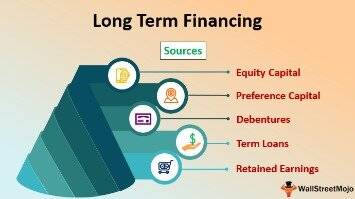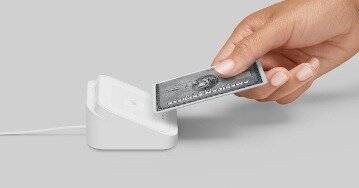- Mar 28, 2022
- Prova Prova
- 0
Content

Because of this, managers have some ability to game the numbers to look more favorable. Pay attention to the balance sheet’s footnotes in order to determine which systems are being used in their accounting and to look out for red flags. Some companies issue preferred stock, which will be listed separately from common stock under this section. Preferred stock is assigned an arbitrary par value that has no bearing on the market value of the shares. The common stock and preferred stock accounts are calculated by multiplying the par value by the number of shares issued.

The amount of equity is decreased by losses, by dividend payments, or by share repurchases. Accountants can use any of the above-described ratios with the information contained on balance sheets. Using that information, an accountant can analyze a company’s financial health more deeply. The balance sheet equation follows the accounting equation, where assets are on one side, liabilities and shareholder’s equity are on the other side, and both sides balance out. While an asset is something a company owns, a liability is something it owes.
Balancing a Balance Sheet
It’s important to remember that a balance sheet communicates information as of a specific date. By its very nature, a balance sheet is always based upon past data. While investors and stakeholders may use a balance sheet to predict future performance, past performance is no guarantee of future results.
Whether you’re a business owner, employee, or investor, understanding how to read and understand the information in a balance sheet is an essential financial accounting skill to have. The following balance sheet is a very brief example prepared in accordance with IFRS. It does not show all possible kinds of assets, liabilities and equity, but it shows the most usual ones. Because it shows goodwill, it could be a consolidated balance sheet.
Does a Balance Sheet Always Balance?
All public The Balance Sheet must use balance sheets and periodically file them with the U.S. Private companies don’t need to file anything with the SEC but may still use balance sheets since they’re a simple way to look at a business’s financial standing at a point in time. For sole proprietorships, the category is called “owner’s equity,” and for corporations, this is known as “stockholders’ equity.” This section displays the parts that business owners/shareholders possess. Explore how a well-organized balance sheet can help your business avoid accounting errors, uncover new cash flow opportunities and achieve greater financial success. Calculate the shareholders’ equity and check that your balance sheet balances –this will help you to spot any errors.

This balance sheet also reports Apple’s liabilities and equity, each with its own section in the lower half of the report. The liabilities section is broken out similarly as the assets section, with current liabilities and non-current liabilities reporting balances by account. The total shareholder’s equity section reports common stock value, retained earnings, and accumulated other comprehensive income. Apple’s total liabilities increased, total equity decreased, and the combination of the two reconcile to the company’s total assets. A balance sheet, along with the income and cash flow statement, is an important tool for investors to gain insight into a company and its operations. It is a snapshot at a single point in time of the company’s accounts—covering its assets, liabilities, and shareholders’ equity.
Step 2: List all of your assets
No matter your company’s size or business nature, a balance sheet should be this clear-cut and straightforward. It should list the assets, followed by the liabilities, and then followed by shareholders equity. Keep this format in mind when you are doing your balance sheet in the future. Determine your business’ retained earnings and working capital, as well as the total shareholders’ equity. Retained earnings are the business’ profits which are reserved for reinvestments . Shareholders’ equity is the combination of share capital plus retained earnings.
Chegg (NYSE:CHGG) Has A Pretty Healthy Balance Sheet – Simply Wall St
Chegg (NYSE:CHGG) Has A Pretty Healthy Balance Sheet.
Posted: Sun, 05 Mar 2023 12:21:49 GMT [source]
Some assets and liabilities are measured on the basis of fair value and some are measured at historical cost. Notes to financial statements provide information that is helpful in assessing the comparability of measurement bases across companies. The balance sheet distinguishes between current and non-current assets and between current and non-current liabilities unless a presentation based on liquidity provides more relevant and reliable information.
